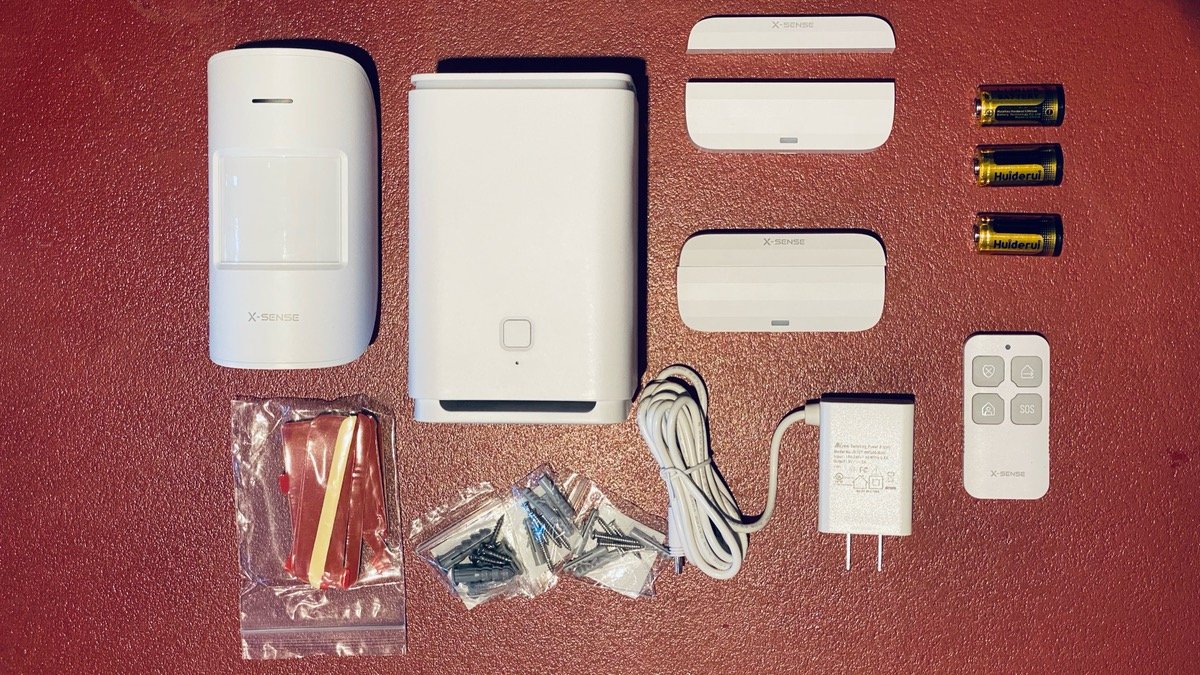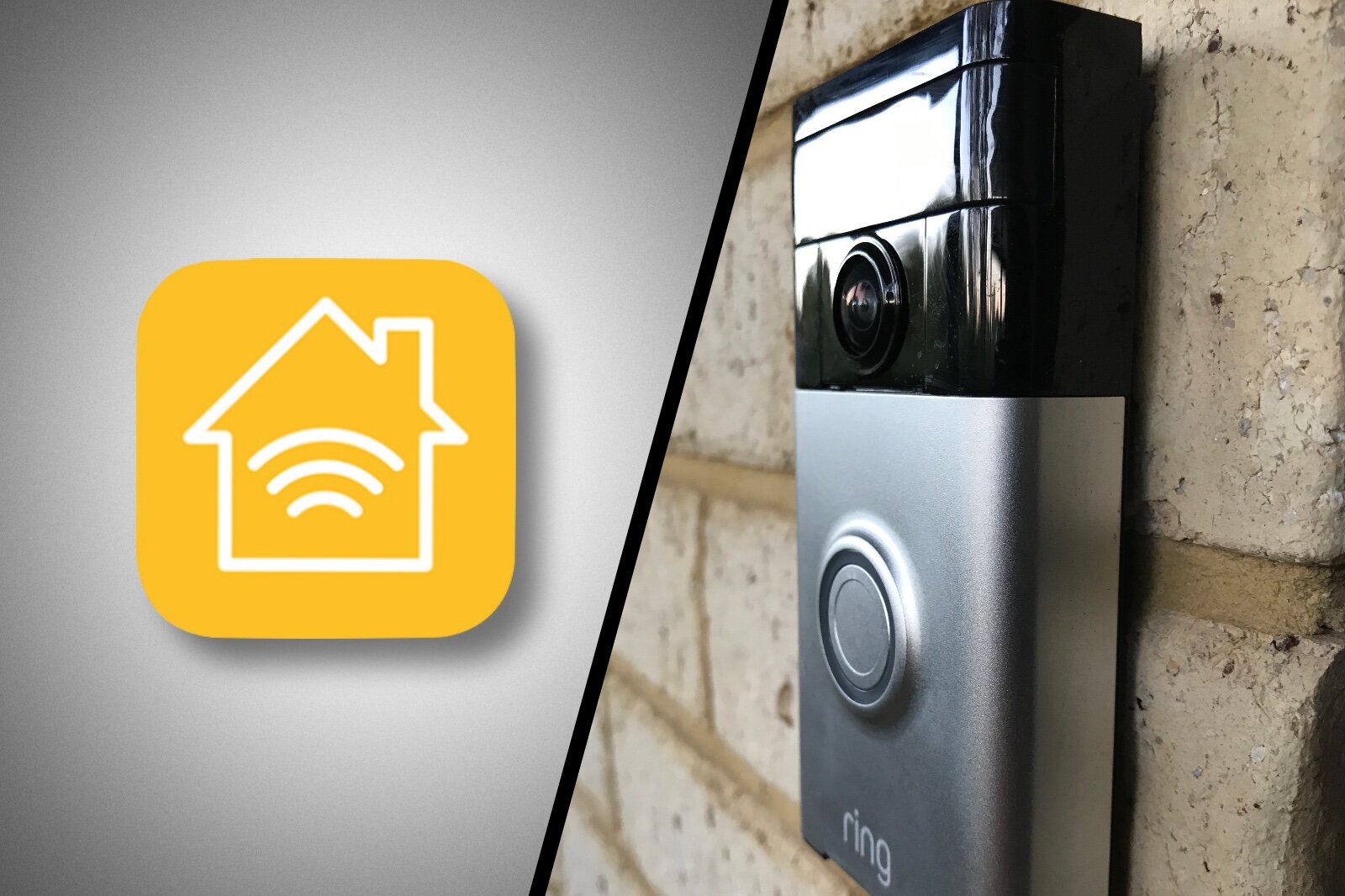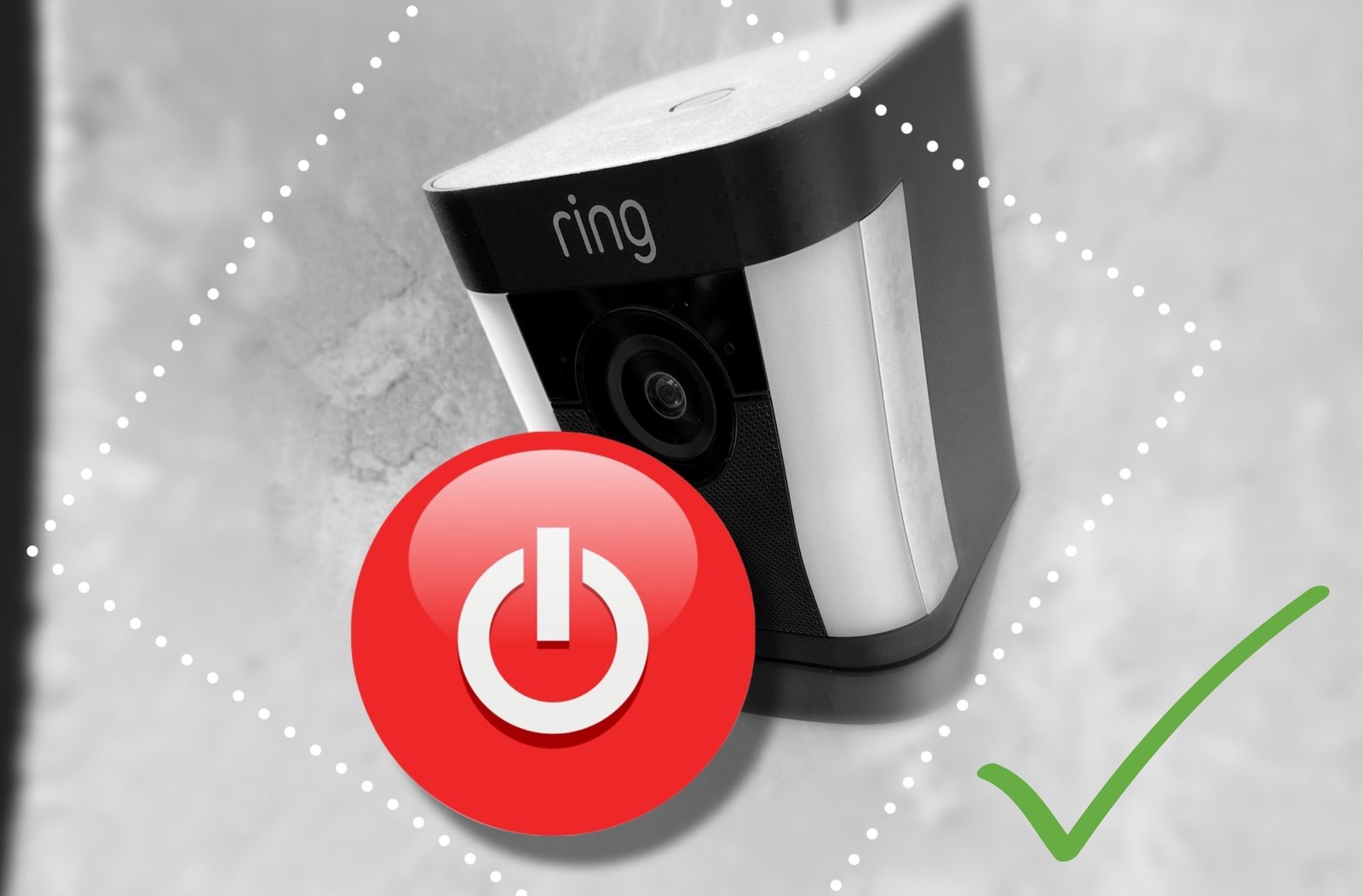X-Sense Home Security Kit Review
When you buy through links in this article, I may earn an affiliate commission. Learn More.
X-Sense provided the sample for this review.
The days of running sensor wires and installing expensive alarm systems has long passed, with the proliferation of cheap wireless solutions. One such solution is the X-Sense Home Security Kit that I’ve been testing in my own home.
X-Sense is better known for fire safety devices, but they’ve expanded into the broader home security space with this stand alone starter kit that offers super simple setup and no-fuss operation at a bargain price point.
While this system doesn’t provide a lot of the features of higher end products, if you’re in a smaller home or a rental where you can’t be drilling holes, and just want some peace of mind, it can get the job done without having to learn a complex app or set up a bunch of complicated rules and devices.
Let’s take a look at the hardware and then delve into what it can do, and what it can’t.
X-Sense Home Security Kit Overview
X-Sense Home Security Kit
★★★★★
✔ Completely wireless
✔ 1.25 mile range
✔ Backup battery in base station
✔ Remote notifications
✔ No Subscription Fees
✔ Works with Alexa
✘ Limited sensor types
✘ No camera integration
The X-Sense Kit comes in two starter packs options, a 5 piece and an 8 piece. I’ve been testing the 5 piece that X-Sense provided that contains the base station, remote, two contact sensors and a motion sensor. The larger pack adds two more contact sensors and another motion sensor.
The base station contains the alarm and backup battery, which is stated to last 12 hours to keep your alarm working in the event of a power failure. The sensors are all battery powered anyway, so this will be enough to keep the whole system running bar your internet connection. That means while the alarm will continue to function, you won’t be able to get notifications or check the status unless your WiFi and internet have backup power as well.
The top of the base station has a nice LED light strip which changes color to indicate the alarm state and WiFi connectivity status. It’s powered by a stock USB C connector, and the provided 2 amp power adapter. The single button on the front is used to silence the alarm or power off the unit (so as not to use the battery up).
The two sensor types are more typical of the size of conventional wired units as compared to the more compact smart home models that I’m used to working with. The benefit to that is the ease of accessing the battery compartment, which holds a single CR123A in both cases.
The sensors can be attached using the provided screws and anchors, or the custom shaped, double-sided adhesive strips which provide a great option for rentals where you can’t drill holes.
For the most part the hardware has a good quality feel with clean lines and everything fitting well. They do feel light for the size, but that’s not indicative of anything. The only exception to this would be the remote. The buttons are rubberized and feel a bit squishy, and replacing the battery required taking the unit apart which can cause the internals to fall out if your not careful.
X-Sense Home Security Kit Contents
Installation and Setup
X-Sense has done a great job on making this as easy to do as possible, and in my case everything went incredibly smoothly. You will need the X-Sense Home Security app on your smartphone. You also need to sign up for an account in the app to get started so you can access your alarm system from anywhere over the internet.
Once you are signed into the app you get a large, simple Add Device button to get started. The first thing to add is the Base Station. Selecting the base station will take you to the Home creation screen where you set up a Home for this alarm system, and select a room for it to be assigned. Once done just plug it in, scan the QR code on the bottom, and enter your WiFi password and it will connect to your network and come online. Once you have that done, it’s trivial to add the other devices using a similar process.
To add another device, select it from the list, give it a name and room assignment, then you’ll get clear instructions on where to find the QR code on the device to scan and how to install the battery. You press and hold the test button to put the device in pairing mode and the app will show it searching for the base station and connecting. This went without a hitch every time for me and everything was paired and ready to mount within minutes.
Adding the X-Sense Base Station
Once added each device appears in the app home screen with it’s status and battery level. You can then configure a few options on each using the gear icon.This is limited to Name, Room, Notification sound and volume, and whether the use the indicator LED when it’s triggered. The motion sensor additionally lets you set the sensitivity and do a test to get it where you want.
On the base station you can adjust the sound volume (it has spoken audio messages for setup events) and the alarm volume. There are three alarm tones you can choose from, which is a nice bonus, and you can adjust the brightness of the LED bar which is useful if it’s in a visible location and you don’t want it being distracting or keeping people awake.
With the hardware setup complete, you can now configure the alarm modes. There are only three here, Disarmed (everything is turned off), Home, and Away. The latter two can be configured with some simple options.
There’s an Exit delay which controls when the alarm becomes armed after switching to that mode, and for each sensor you can specify whether you want push notifications and whether to trigger the alarm. The Away Mode also allows you to specify an Entry Delay for how long you have to disarm the system after that sensor is triggered for the alarm sounds.
That’s it. A simple set of options that should suit most use cases, and can be used to customize what you get notified about and when.
How Does it Stack Up?
The big standout for me is how easy this system is to set up. X-Sense has made it as simple as possible to pair and install each component, and the configuration options in the app are straight forward and clearly presented, at least in so far as configuring the mode behaviors. This makes it a great option for those wanting a simple alarm system without needing to be tech savvy or lean on support to get it working and keep it running smoothly.
The sensors use proprietary spread spectrum technology that gives them an impressive transmission range (X-Sense says up to 1.25 miles), which means you should have no problems using them in more out-of-the-way places like attics, basements, and sheds out in the yard. Just keep in mind they are not rated for outdoor use so you’ll need to ensure they’re protected from the elements.
The biggest oversight in the app is regarding notifications. While you can set these up to tell you what sensor is triggered in each mode, and you automatically get notifications for modes changes and if the alarm is triggered, there is no sound played. You can’t configure them via your phone’s notification or app settings, there’s just no sound option.
You can configure notification sounds per device, and even select from several sound options, but these only play from the base station, not your phone. This is an issue because it would be very easy to miss these notifications, which undermines the benefit of having them in the first place.
The alarm itself obviously also comes from the base station, and is couple with the light bar flashing red. The siren is rated at 105dB, which should be considerably louder than the average smoke alarm. I found the volume dropped considerably only one room away, which may be a factor of the speaker placement in the unit itself. It’s still clearly audible around the house, but it’s not deafening anyone.
It’s design to be placed in the open, and not tucked away in a corner somewhere. The clean compact design is well suited to that, and the light bar helps to give a clear read on the system state if it’s placed where you can see it. This would also benefit the alarm volume by minimizing obstructions, and again makes it a good fit for smaller apartment or open plan situations.
X-Sense Mode Settings, Home Screen, and Activity Log
Like the pairing process, physical installation was as simple as it could be, with both screws and adhesive options provided. The design of the sensors makes attaching these easy, as you simply slide the back plate off, screw it on and the slide the sensor back into place. This is also how you access the battery, which makes them very easy to change out. The bracket for the motion sensor has options for both flat surface and corner mounting, although the latter requires you to drill out the holes yourself in the indicated recesses.
The inclusion of custom adhesive pads is a nice option and makes it clean and effective to install them without having to drill holes if that’s your preference, you get two full sets so you can reposition them later if required.
Changing modes is easy, and you can do it either with the app in a couple of taps, or with the remote. The remote has a button for each mode and one extra for a panic alarm that sets of the alarm immediately. All four buttons require you to hold them for a few seconds to avoid accidental activation, and you’ll get a notification from the app anytime this is done. You can configure up to 6 remotes, and multiple app users, so you should be good for the whole family to have access.
You can also arm and disarm the system via Alexa using the X-Sense Home Security skill. That’s the extent of any smart integration, though. X-Sense do sell security cameras as well, but these don’t integrate with the security system app. While it certainly possible to run them both and have a similar benefit, it’s a bit frustrating to have the duplication of multiple apps, multiple alarms, and multiple activity logs.
The odd thing right now is that none of these components are available for individual sale. X-Sense says they will be selling them ‘soon’, which you would expect given the system supports up to 32 sensors and you can only get them through the starter kits at the moment..
The Verdict
The X-Sense Home Security Kit offers a fantastic value proposition by giving you a clean, easy to use security system that is almost effortless to install by being completely wireless. With multiple convenient ways to manage the system mode, simple configuration options, no subscription fees, and a backup power supply, it’s an impressive little alarm system at an amazing price.
While it’s not as comprehensive as something like a Ring or Simplisafe security system, you can’t beat it for the price, and it’s a great option for smaller homes or rentals right out of the box.














